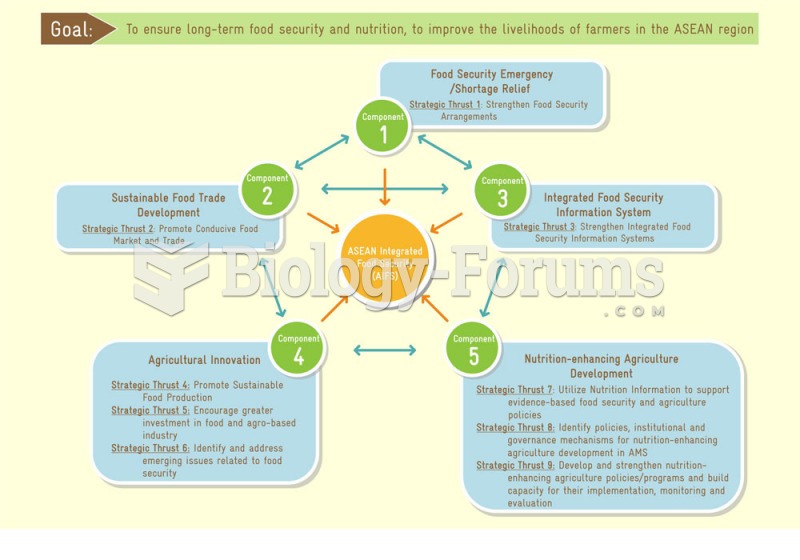Answer to Question 1
Access control. Most schools control access to school buildings by locking or monitoring doors. About one-third of schools control access to school grounds with locked or monitored gates.
Lighting. Some administrators keep buildings dark at night, believing that brightly illuminated schools give the buildings too high a profile and attract vandals who might not have bothered with the facility, or even noticed it, if the premises were not illuminated.
Picture IDs. Many schools require faculty or staff to wear picture IDs; a few require students to wear similar identification.
Book bags. Some schools require transparent book bags or ban book bags altogether.
Random checks. Some schools use random metal detector checks, random dog sniffs, and random sweeps for contraband.
Security cameras. About half of all schools use one or more security cameras to monitor the school.
Student views will vary.
Answer to Question 2
Social withdrawal. In some situations, gradual and eventually complete withdrawal from social contacts occurs. The withdrawal often stems from feelings of depression, rejection, persecution, unworthiness, and lack of confidence.
Excessive feelings of isolation and being alone. Research indicates that in some cases, feelings of isolation and not having friends are associated with children who behave aggressively and violently.
Excessive feelings of rejection. Children who are troubled are often isolated from their mentally healthy peers. Some aggressive children who are rejected by nonaggressive peers seek out aggressive friends who, in turn, reinforce their violent tendencies.
Being a victim of violence. Children who are victims of violence, including physical or sexual abuse in the community, at school, or at home, are sometimes at risk of becoming violent toward themselves or others.
Feelings of being picked on and persecuted. The youth who feels constantly picked on, teased, bullied, singled out for ridicule, and humiliated at home or at school may initially withdraw socially.
Low school interest and poor academic performance. In some situationssuch as when the low achiever feels frustrated, unworthy, chastised, and denigratedacting out and aggressive behaviors may occur.
Expression of violence in writings and drawings. An overrepresentation of violence in writings and drawings that is consistently directed at specific individuals (family members, peers, other adults) over time may signal emotional problems and the potential for violence.
Uncontrolled anger. Patterns of impulsive and chronic hitting, intimidating, and bullying behaviors, if left unaddressed, may later escalate into more serious behaviors.
History of discipline problems. Chronic behavior and disciplinary problems, both in school and at home, may suggest that underlying emotional needs are not being met.
History of violent and aggressive behavior. Unless provided with support and counseling, a youth who has a history of aggressive or violent behavior is likely to repeat those behaviors. Similarly, youths who engage in overt behaviors such as bullying, generalized aggression, and defiance, and covert behaviors such as stealing, vandalism, lying, cheating, and fire setting also are at risk for more serious aggressive behavior.
Membership in hate groups. Belonging to a hate group and also the willingness to victimize individuals with disabilities or health problems are seen as precursors to violence.
Drug use and alcohol use. Apart from being unhealthy behaviors, drug use and alcohol use reduce self-control and expose children and youth to violence, either as perpetrators or victims or both.
Inappropriate access to, possession of, and use of firearms. Children and youth who inappropriately possess or have access to firearms can have an increased risk for violence or other emotional problems.
Serious threats of violence. Recent incidents across the country clearly indicate that threats to commit violence against oneself or others should be taken very seriously. Steps must be taken to understand the nature of these threats and to prevent them from being carried out.
Student views will vary.







